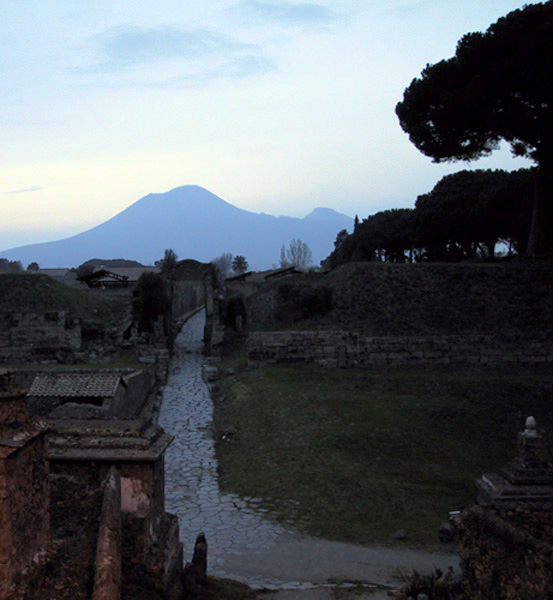
All our religion, almost all our law, almost all our arts, almost all that sets us above savages, has come to us from the shores of the Mediterranean. (Samuel Johnson 1776)
Johnson’s contentious observation masks the true nature of our relationship with ancient Mediterranean culture. Religion, law and art may well have ‘come to us’ from its shores, but they invariably arrived via highly mediated sources and hence our Mediterranean origins now lie buried beneath an accretion of cultural filters.
The most paradoxical of these involved the collapse of the pagan world and its transformation into Christian monotheism. The religious and cultural skirmishing that took place between these two faith groups left a lasting mark on our ideological and pictorial understanding of the ancient world. The language of the victor always dominates the historical record and hence pre-Christian societies and their cultural constructions were defined as 'pagan', meaning heathen or evil. The effects of inappropriate naming, important as they are, pale into insignificance when compared with more recent verbal and visual depictions of Roman culture perpetrated by global entertainment and media industries. Television programmes, films, computer games, theme parks all conspire to give us a version of Roman society that is first and foremost entertaining and spectacular. As a result it is now virtually impossible for contemporary viewers to feel anything but a sense of familiarity when seeing actual Roman painting for the first time. No matter how one initially encounters it, whether it is in a museum, in situ, or through reproductions, generally speaking the effect is the same. They appear disconcertingly familiar, largely because of our pre-exposure to mediated appropriations of them. The social and aesthetic values enshrined in these mediated forms inevitably shape the way in which we relate to the original artifact. Since Roman wall-painting is by definition location specific, unlike movable painting, it is even more imperative that their contemporary context, and not our own, determines the way in which we view them.
As a result of colonisation, Roman wall-painting has been found as far afield as England, Jordan and North Africa. The material evidence is mainly in the form of fragments. This is largely due to urban decay or incorporation into the Christian hegemony that followed the Empires political and social collapse. The largest body of material evidence survived in Pompeii and Herculaneum because it suffered an abrupt fate due to volcanic action, which also preserved it. Another substantial quantity survived in Nero’s Domus Aurea (Golden Palace), when it was ignominiously buried in order to be used as the foundations for another building. Ironically, however, this cocktail of cataclysm and cultural renewal also embedded ancient Roman wall-painting into the cultural fabric of the contemporary world. The discovery of Nero’s palace under the Baths of Trajan in the early sixteenth century and Pompeii and Herculaneum in the mid-eighteenth century, provided antiquarians, artists, designers, architects, poets and novelists with a spectacular opportunity to engage with Roman wall-painting first hand. Much of what they produced, whilst influenced by these paintings shaped post-eighteenth century visual culture and in so doing shaped our understanding of the originals.

|